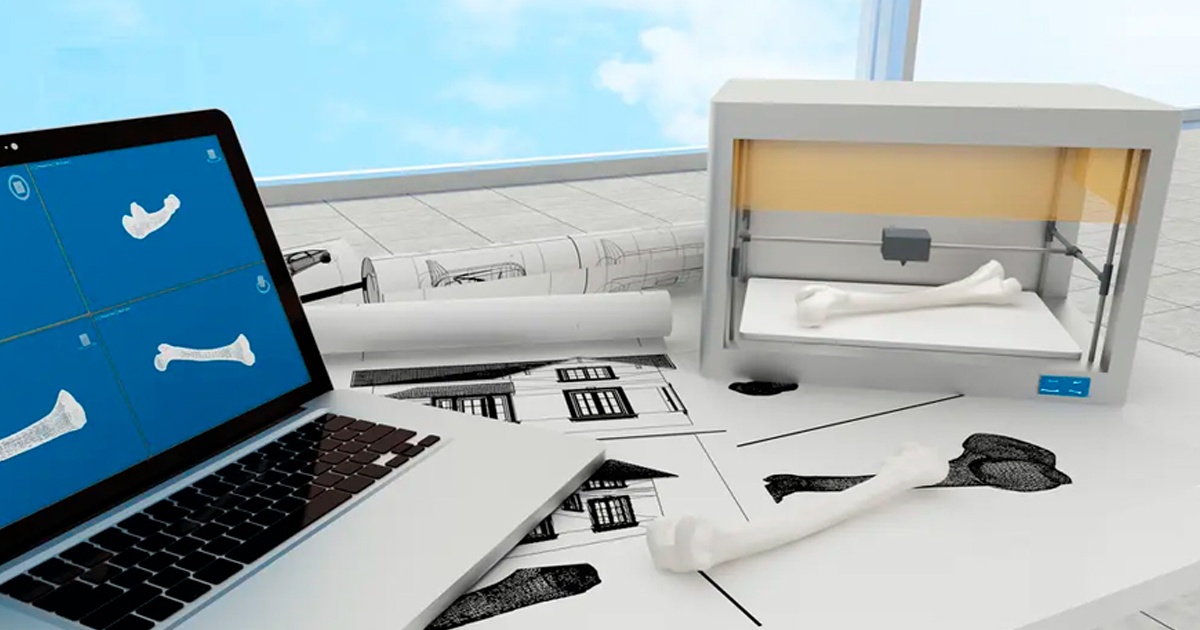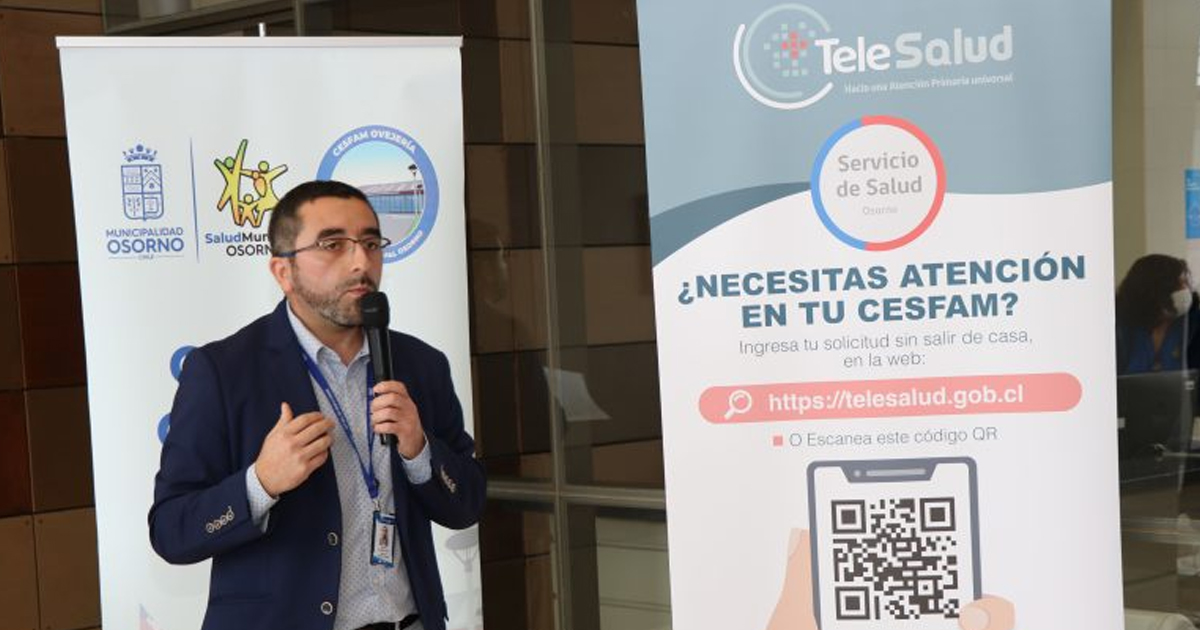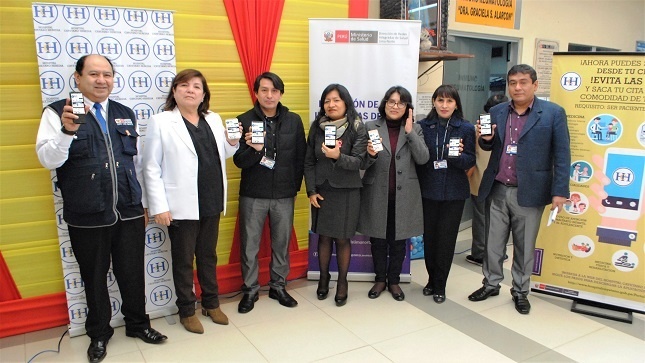Five Argentine scientists developed this innovative custom prosthetic technology based on 3D printing.
Scientists from the National Council for Technical Scientific Research (CONICET) devised a system for rebuilding weakened or damaged natural tissues. Through 3D printing of bone scaffold grafts, they hope that reconstruction will be possible either by illness or accident, leaving behind metal grafts.
This breakthrough was exposed during the 100k LATAM competition organized by the Buenos Aires Institute of Technology (ITBA) and the Massachusetts Institute of Technology (MIT).
Leandro Monsalve, nanoparticle engineer and developer of this technique, mentioned that there is ten years of basic research behind the development of this system whose end result is the generation of a biodegradable scaffold that, by means of osteoconductor filaments, allows the damaged bone piece to regenerate naturally. It further explained that it was a unique system in Argentina.
The part5ticularity of this innovation is that the research carried out sought the best alternatives for printed scaffolding lis to be accepted by the patient's body. It is ideal for people who have suffered traffic accidents, even helps reduce costs and recovery time.

This system represents an important advance in regenerative medicine in Argentina, as it can offer low costs compared to other conventional alternatives that require multiple surgeries.
Team members have initiated talks with the National Administration for Medicines, Food and Medical Technology (ANMAT), and with directors from various health institutions to begin applying this innovation in patients.
HEALTH CARLOS SLIM
INVESTIGATION AND DEVELOPMENT






